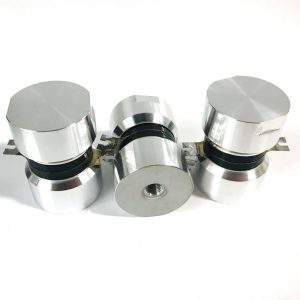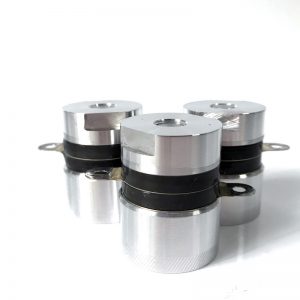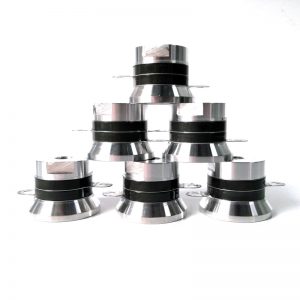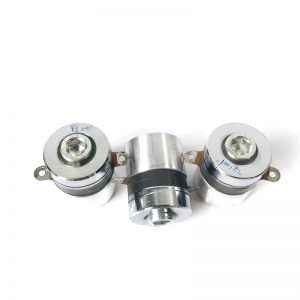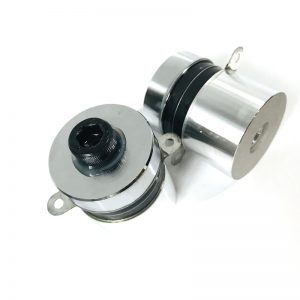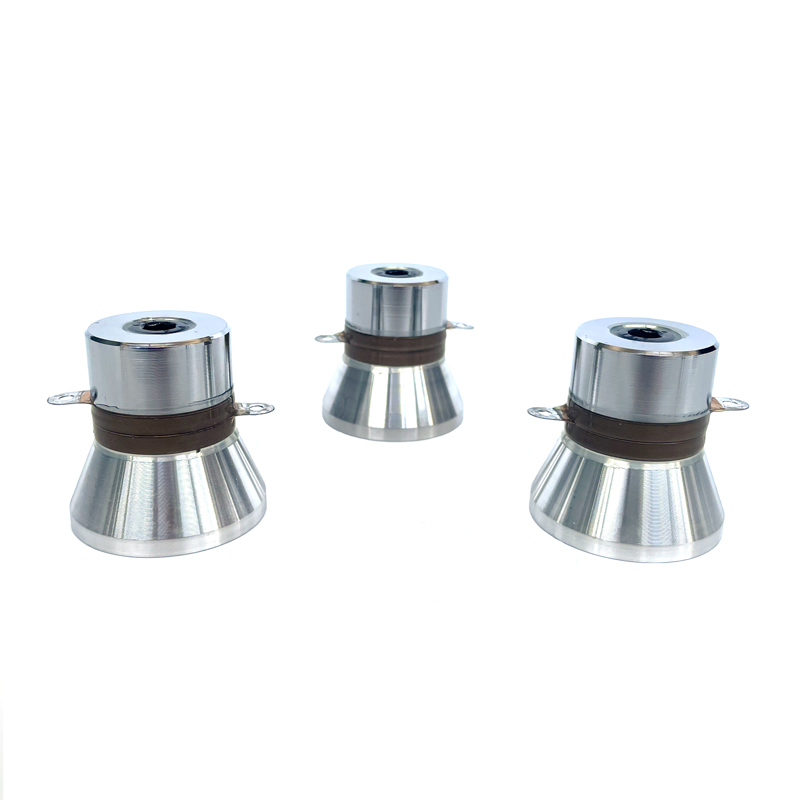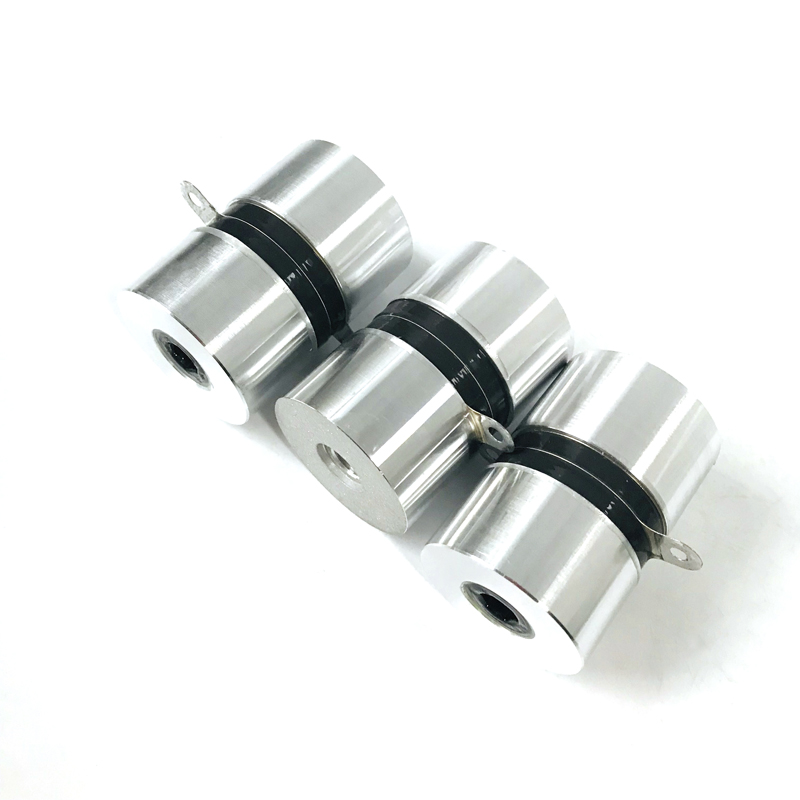 The working principle of high-frequency ultrasonic cleaning transducers mainly utilizes the piezoelectric effect of piezoelectric ceramics to convert electrical energy into mechanical vibration energy, and then converts mechanical vibration energy into high-frequency sound waves through high-frequency oscillators. When high-frequency sound waves act on the cleaning solution, a large number of tiny bubbles are generated in the liquid. These bubbles continuously generate, expand, and rupture under the action of sound waves, producing a strong impact force that breaks and quickly peels off the dirt attached to the surface of the cleaning part. As an efficient cleaning equipment, high-frequency ultrasonic cleaning transducers will be widely used and developed in the future. With the continuous progress of technology and the expansion of application fields, high-frequency ultrasonic cleaning transducers will play an important role in more fields.
The working principle of high-frequency ultrasonic cleaning transducers mainly utilizes the piezoelectric effect of piezoelectric ceramics to convert electrical energy into mechanical vibration energy, and then converts mechanical vibration energy into high-frequency sound waves through high-frequency oscillators. When high-frequency sound waves act on the cleaning solution, a large number of tiny bubbles are generated in the liquid. These bubbles continuously generate, expand, and rupture under the action of sound waves, producing a strong impact force that breaks and quickly peels off the dirt attached to the surface of the cleaning part. As an efficient cleaning equipment, high-frequency ultrasonic cleaning transducers will be widely used and developed in the future. With the continuous progress of technology and the expansion of application fields, high-frequency ultrasonic cleaning transducers will play an important role in more fields.
| Type | Length(mm) | Weight(g) | Frequency(KHz) | Resonance Impedance (Ω) |
Static Capacity (pF)±10% |
Input Power(W) |
| PU-UT-5435 PZT-4 |
36 | 135 | 54 | 10-20 | 3200 | 35 |
| PU-UT-6860 PZT-8 |
80 | 460 | 68 | 10-20 | 3800 | 60 |
| PU-UT-68120 PZT-4 |
67 | 588 | 68 | 10-20 | 7800 | 120 |
| PU-UT-8060 PZT-4 |
60 | 325 | 80 | 10-20 | 5400 | 60 |
| PU-UT-12060 PZT-4 |
56 | 260 | 120 | 10-20 | 5400 | 60 |
| PU-UT-13550 PZT-4 |
54 | 215 | 135 | 10-20 | 4200 | 50 |
 مبدل التراسونیک,ژنراتور التراسونیک,تمیز کننده التراسونیک -SKSONIC
مبدل التراسونیک,ژنراتور التراسونیک,تمیز کننده التراسونیک -SKSONIC
